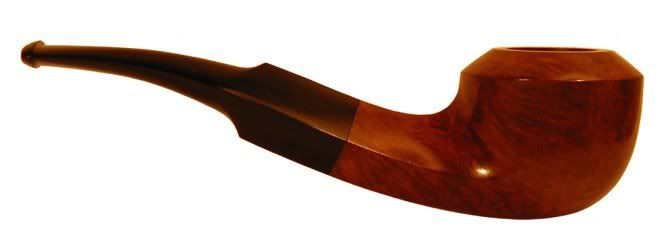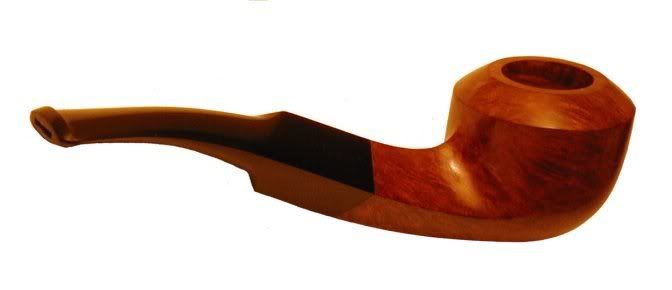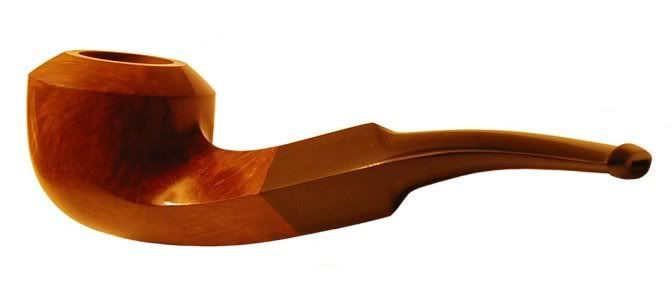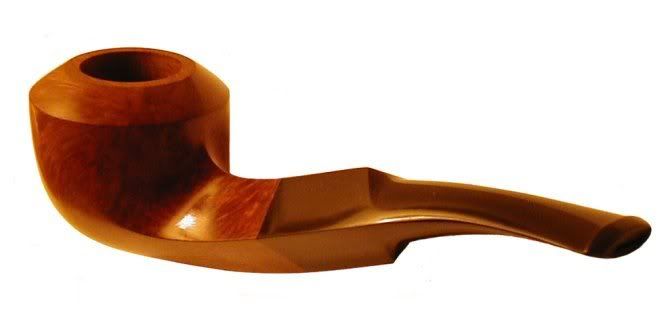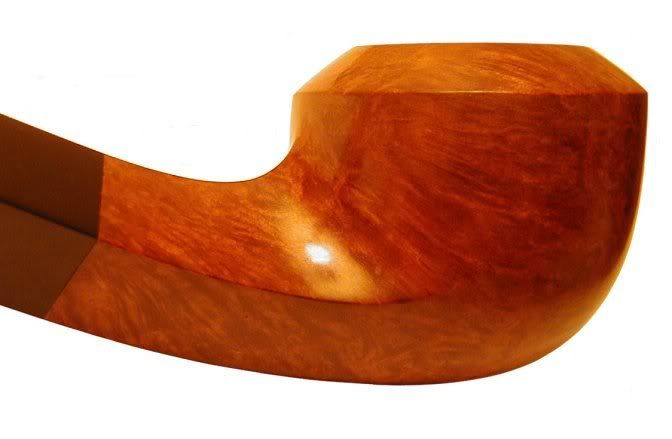Back during WWII, folks living around the Mediterranean had a lot more to worry about than digging up and processing briar, so supplies of Mediterranean briar quickly dwindled down to nothing for many pipemakers here in the US.
Kaywoodie and others started looking around closer to home for an alternative to Mediterranean briar, and most settled on using what they called "mission briar": the roots of any number of trees from the genus Arctostaphylos.
These trees are cousins of the European Heath, sharing the family Ericaceae, and their roots are very similar to the roots of the Heath, in that they tend to form huge root balls.
Interestingly, these companies had a love/hate relationship with Manzanita, embracing and promoting it through World War II, and then essentially slandering it once their supplies of Mediterranean briar came back online.
It was during this bad-mouthing phase that use of the phrase "imported briar" became popular here in the US, as pipemakers tried to distance themselves from their wartime mistress, "mission briar".
Manzanita grows all along the Pacific Coast, from Canada, down though Washington, Oregon, California, into Mexico. And since few people have really found a use for it -- since WWII that is -- Manzanita is still fairly abundant.
As near as I can tell, the only people using Manzanita are wood-turners who have come to appreciate Manzanita's exotic coloration and general gnarliness.
I purchased my Manzanita on Ebay from Rockb's Western Wood, picking up enough pieces to make about four pipes for around $15. This first pipe I made from the piece I thought would be the hardest to pull a pipe out of, being smaller and fairly riddled with cracks around the edges.
I treated the block a lot like I was peeling a potato, carefully carving off the cracked portions like eyes in a potato. Once I cut out the cracks and other imperfections, I really started to have my doubts about this particular piece of wood.
But CAD came to the rescue. I plugged the general dimensions of the block into my computer and then started experimenting with different designs until I found something I thought would work: this squatty bulldog you see here.
After that, though, things proceeded just like I was working with Mediterranean briar. On my tools, I couldn't make any distinction between mission briar and Mediterranean briar, except that the dust was a lot redder.
I mean it was really red. Mission briar can range anywhere from tan to brown to terracotta to wine red. And that's what all of my Manzanita is: wine red. And gorgeous.
It has the exact same medullary rays that you see in the finest Mediterranean briar. And it even has the knobby surface that you see on fine plateaux briar, if a person was inclined to use that on a surface of one of his pipes.
The biggest problem with using Manzanita, the way I see it, is the fact that nobody who's harvesting it seems to know much about drying really moist woods. Apparently they're just digging the roots up and leaving them sitting around, whole, in their hot Western climate until they figure the wood's more or less dry.
Of course, big lumps of wood are never going to dry correctly that way. That's why so much of the Manzanita root you find is split nine ways from Sunday.
But I'm thinking if we had a few more pipemakers dealing with those who have access to Manzanita, that would change. The Manzanita folks could learn a thing or two about how Mediterranean briar is harvested and processed, and it wouldn't take long before a nice market could develop.
